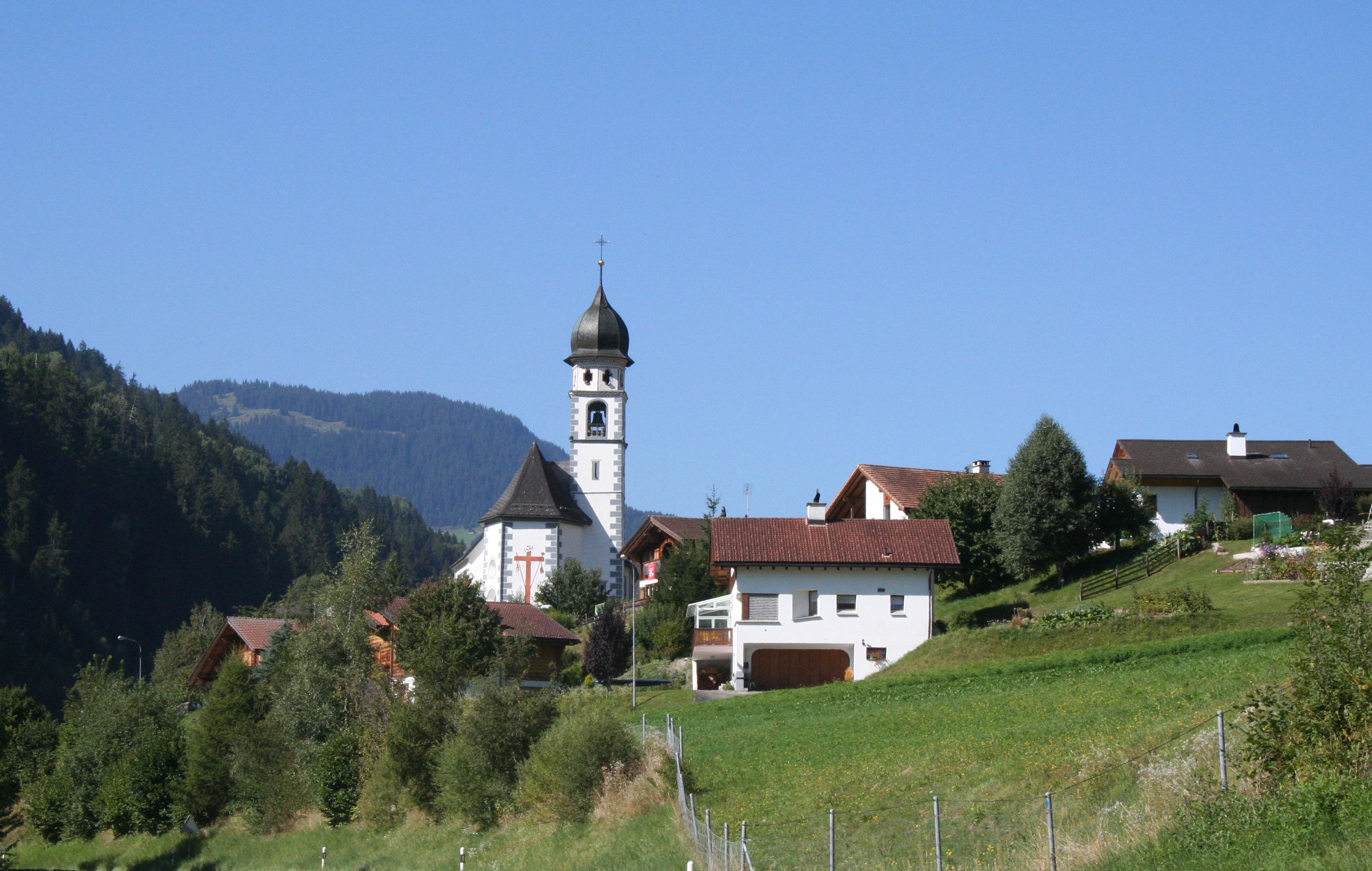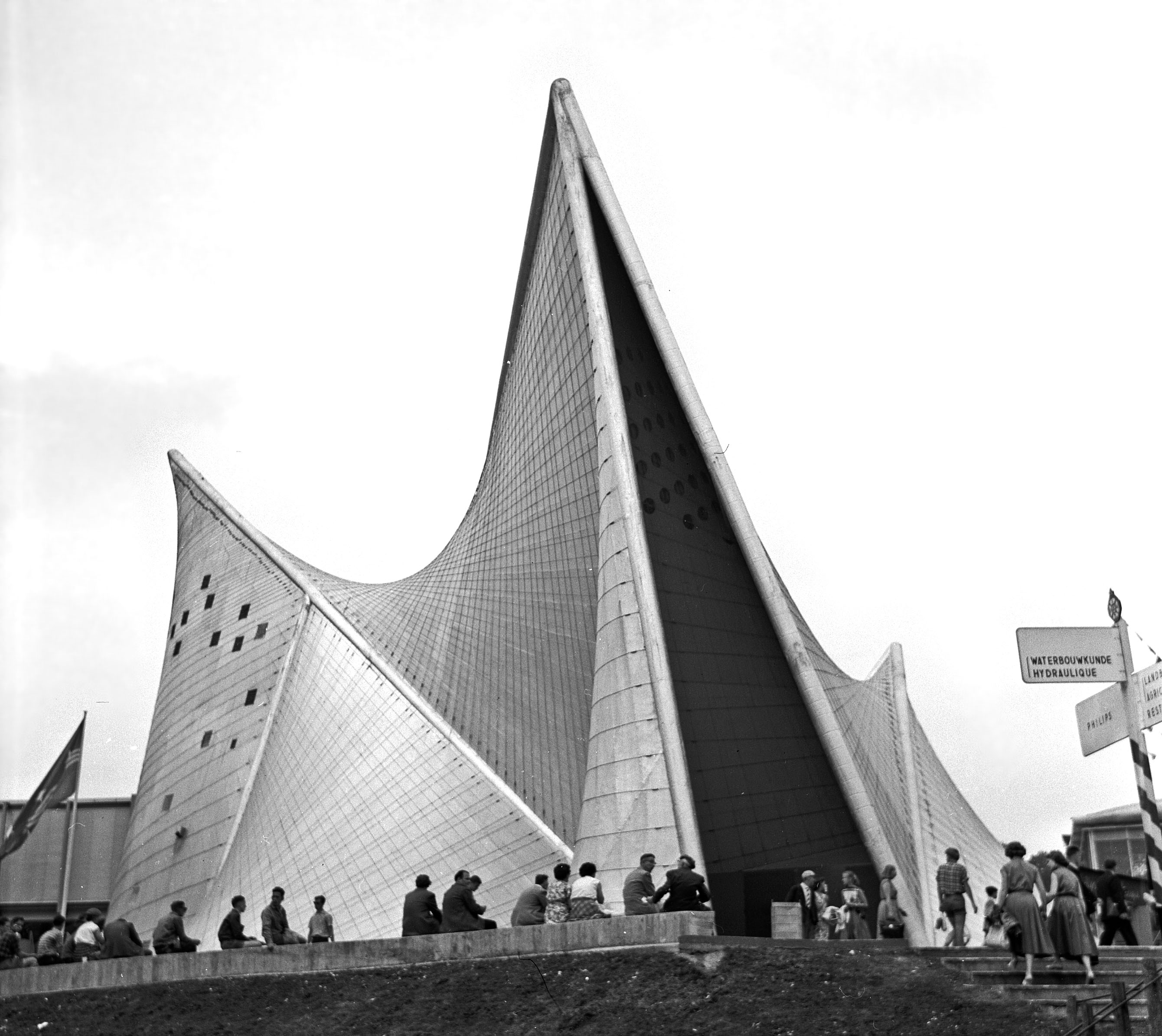|
Tavanasa Bridge
Tavanasa Bridge, also known as ''Vorderrheinbrücke, Tavanasa'' is the name of the two reinforced concrete three hinged arch bridges designed by Swiss civil engineer Robert Maillart. The first of these was constructed in 1904, but later destroyed by an avalanche. The second, constructed in 1928 stands to this day. History The previous bridge of 1904, saw a development in Maillart's own treatment of the arch. This bridge was a three-hinged reinforced concrete hollow box girder arch bridge, and unlike Maillart's previous bridge at Zuoz, saw the removal of the horizontal members of the box girder near the supports, which had experienced cracking. The replacement of the destroyed bridge however, became a high arch bridge through the insistence of the canton. Maillart's later Salginatobel Bridge Salginatobel Bridge is a reinforced concrete arch bridge designed by Swiss civil engineer Robert Maillart. It was constructed across an alpine ravine in the grisonian Prättigau, bel ... [...More Info...] [...Related Items...] OR: [Wikipedia] [Google] [Baidu] |
Tavanasa
Tavanasa lies in the municipality of Breil/Brigels, Graubünden, Switzerland. It has a station on the Disentis Disentis (German) or Mustér (, Romansh), with its official name Disentis/Mustér is a village and a municipality in the Surselva Region in the Swiss canton of Graubünden. The skiing and summer tourism resort high up in the Rhine valley is th ... - Reichenau line of the Rhätische Bahn railway. Tavanasa is a major sports activities area offering skiing in the winter and watersports along the Rhine in the summer. The Tavanasa Bridge is a major crossing of the Rhine (Vorderrhein). References External links * Breil/Brigels Villages in Graubünden {{Graubünden-geo-stub ... [...More Info...] [...Related Items...] OR: [Wikipedia] [Google] [Baidu] |
Anterior Rhine
The Vorderrhein ( German; English: ''Anterior Rhine''; Sursilvan: ; Sutsilvan: ''Ragn Anteriur''; Rumantsch Grischun, Vallader, and Puter: ''Rain Anteriur''; Surmiran: ''Ragn anteriour'') is one of the two sources of the Rhine. Its catchment area of is located predominantly in the canton of Graubünden ( Switzerland). The Vorderrhein is about long, thus more than 5% longer than the Hinterrhein/Rein Posteriur (each measured to the farthest source). The Vorderrhein, however, has an average water flow of , which is less than the flow of the Hinterrhein. According to the Atlas of Switzerland of the Swiss Federal Office of Topography, the source of the Vorderrhein—and thus of the Rhine—is located north of the Rein da Tuma and Lake Toma. ''Vorderrhein'' was also the name of a judicial district that was created in 1851 with the reorganization of the judiciary of Graubünden. In 2001, it was annexed by the District Surselva. The largest communities along the Vorderrhein are Dis ... [...More Info...] [...Related Items...] OR: [Wikipedia] [Google] [Baidu] |
Breil/Brigels
Breil/Brigels is a municipality in the Surselva Region in the Swiss canton of Graubünden. On 1 January 2018 the former municipalities of Andiast and Waltensburg/Vuorz merged into the municipality of Breil/Brigels. The name of the municipality comes from the word ''brigilo'', meaning ''little town''. The name comes from the village name in the two local languages. In Romansh the name is while in German it is . History While the area was settled in the late Roman era or Early Middle Ages, Breil/Brigels is first mentioned in 765 as ''in Bregelo'' when the Bishop of Chur granted a farm in Breil/Brigels to Disentis Abbey. Shortly thereafter, the Abbey established a church and fortification on St. Eusebius' hill near the village. The village church of S. Maria and the chapel of S. Sievi (''Chaplutta Son Sievi'') both came under control of the Abbey in 1185 at the order of the Pope. New immigrants, known as the ''Freie von Laax'', moved into the village during the middle ages ... [...More Info...] [...Related Items...] OR: [Wikipedia] [Google] [Baidu] |
Switzerland
; rm, citad federala, links=no). Swiss law does not designate a ''capital'' as such, but the federal parliament and government are installed in Bern, while other federal institutions, such as the federal courts, are in other cities (Bellinzona, Lausanne, Lucerne, Neuchâtel, St. Gallen a.o.). , coordinates = , largest_city = Zurich , official_languages = , englishmotto = "One for all, all for one" , religion_year = 2022 , religion_ref = , religion = , demonym = , german: link=no, Schweizer/Schweizerin, french: link=no, Suisse/Suissesse, it, svizzero/svizzera or , rm, Svizzer/Svizra , government_type = Federal assembly-independent directorial republic , leader_title1 = Federal Council , leader_name1 = , leader_title2 = , leader_name2 = Viktor Rossi , legislature = Federal Assembly , upper_house = Counci ... [...More Info...] [...Related Items...] OR: [Wikipedia] [Google] [Baidu] |
Robert Maillart
Robert Maillart (16 February 1872 – 5 April 1940) was a Swiss civil engineer who revolutionized the use of structural reinforced concrete with such designs as the three-hinged arch and the deck-stiffened arch for bridges, and the beamless floor slab and mushroom ceiling for industrial buildings. His Salginatobel (1929–1930) and Schwandbach (1933) bridges changed the aesthetics and engineering of bridge construction dramatically and influenced decades of architects and engineers after him. In 1991 the Salginatobel Bridge was declared an International Historic Civil Engineering Landmark by the American Society of Civil Engineers. Early life and education Robert Maillart was born on 6 February 1872 in Bern, Switzerland. He attended the Federal Institute of Technology in Zurich and studied structural engineering at Zurich ETH from 1890 to 1894, lectures by Wilhelm Ritter on graphical statics forming part of the curriculum. Maillart did not excel in academic theories ... [...More Info...] [...Related Items...] OR: [Wikipedia] [Google] [Baidu] |
Reinforced Concrete
Reinforced concrete (RC), also called reinforced cement concrete (RCC) and ferroconcrete, is a composite material in which concrete's relatively low tensile strength and ductility are compensated for by the inclusion of reinforcement having higher tensile strength or ductility. The reinforcement is usually, though not necessarily, steel bars (rebar) and is usually embedded passively in the concrete before the concrete sets. However, post-tensioning is also employed as a technique to reinforce the concrete. In terms of volume used annually, it is one of the most common engineering materials. In corrosion engineering terms, when designed correctly, the alkalinity of the concrete protects the steel rebar from corrosion. Description Reinforcing schemes are generally designed to resist tensile stresses in particular regions of the concrete that might cause unacceptable cracking and/or structural failure. Modern reinforced concrete can contain varied reinforcing materials made ... [...More Info...] [...Related Items...] OR: [Wikipedia] [Google] [Baidu] |
Arch Bridge
An arch bridge is a bridge with abutments at each end shaped as a curved arch. Arch bridges work by transferring the weight of the bridge and its loads partially into a horizontal thrust restrained by the abutments at either side. A viaduct (a long bridge) may be made from a series of arches, although other more economical structures are typically used today. History Possibly the oldest existing arch bridge is the Mycenaean Arkadiko Bridge in Greece from about 1300 BC. The stone corbel arch bridge is still used by the local populace. The well-preserved Hellenistic Eleutherna Bridge has a triangular corbel arch. The 4th century BC Rhodes Footbridge rests on an early voussoir arch. Although true arches were already known by the Etruscans and ancient Greeks, the Romans were – as with the vault and the dome – the first to fully realize the potential of arches for bridge construction. A list of Roman bridges compiled by the engineer Colin O'Connor features ... [...More Info...] [...Related Items...] OR: [Wikipedia] [Google] [Baidu] |
Hinged Arch Bridge
A hinged arch bridge is one with hinges incorporated into its structure to allow movement. The most common varieties are the two-hinged bridge with hinges at the springing points and the three-hinged bridge with an additional hinge at the crown of the arch; though single-hinged versions exist with a hinge only at the crown of the arch. Hinges at the springing point prevent bending moments from being transferred to the bridge abutments. A triple-hinged bridge is statically determinate, while the other versions are not. Description A fixed arch bridge, that is one without hinges, exerts a bending moment at the abutments and stresses caused by change of temperature or shrinkage of concrete have to be taken up by the arch. A two-hinged arch has a hinge at the base of each arch (the springing point), while a three-hinged arch has a third hinge at the crown of the arch. In a two-hinged arch bridge no bending moments are transferred to the abutments, due to the presence of the ... [...More Info...] [...Related Items...] OR: [Wikipedia] [Google] [Baidu] |
Civil Engineer
A civil engineer is a person who practices civil engineering – the application of planning, designing, constructing, maintaining, and operating infrastructure while protecting the public and environmental health, as well as improving existing infrastructure that may have been neglected. Civil engineering is one of the oldest engineering disciplines because it deals with constructed environment including planning, designing, and overseeing construction and maintenance of building structures, and facilities, such as roads, railroads, airports, bridges, harbors, channels, dams, irrigation projects, pipelines, power plants, and water and sewage systems. The term "civil engineer" was established by John Smeaton in 1750 to contrast engineers working on civil projects with the military engineers, who worked on armaments and defenses. Over time, various sub-disciplines of civil engineering have become recognized and much of military engineering has been absorbed by civil engineering. ... [...More Info...] [...Related Items...] OR: [Wikipedia] [Google] [Baidu] |
Avalanche
An avalanche is a rapid flow of snow down a slope, such as a hill or mountain. Avalanches can be set off spontaneously, by such factors as increased precipitation or snowpack weakening, or by external means such as humans, animals, and earthquakes. Primarily composed of flowing snow and air, large avalanches have the capability to capture and move ice, rocks, and trees. Avalanches occur in two general forms, or combinations thereof: slab avalanches made of tightly packed snow, triggered by a collapse of an underlying weak snow layer, and loose snow avalanches made of looser snow. After being set off, avalanches usually accelerate rapidly and grow in mass and volume as they capture more snow. If an avalanche moves fast enough, some of the snow may mix with the air, forming a powder snow avalanche. Though they appear to share similarities, avalanches are distinct from slush flows, Mudflow, mudslides, Landslide#Debris landslide, rock slides, and serac collapses. They are also ... [...More Info...] [...Related Items...] OR: [Wikipedia] [Google] [Baidu] |
Zuoz Bridge
The Zuoz Bridge, also known as ''Innbrücke Zuoz'' is a three hinged reinforced concrete box girder hinged arch bridge designed by Swiss civil engineer Robert Maillart, and is the first box girder bridge to be constructed out of reinforced concrete. Constructed in 1901, this was the first of his independently designed reinforced concrete arch bridges. Design With reinforced concrete construction still being relatively new at the time, it was standard practice to imitate the forms of masonry construction both structurally and visually. As such, on his previous Stauffacher Bridge in Zürich, architect Gustav Gull designed the concrete arch to be hidden behind a masonry facade. Rather than parting with this non-structural form entirely, Maillart integrated an outer wall of concrete into the Zuoz Bridge, such that the arch increased in depth and the overall stiffness of the structure increased. Although there was no mathematical approach for proving the structural viability of ... [...More Info...] [...Related Items...] OR: [Wikipedia] [Google] [Baidu] |






